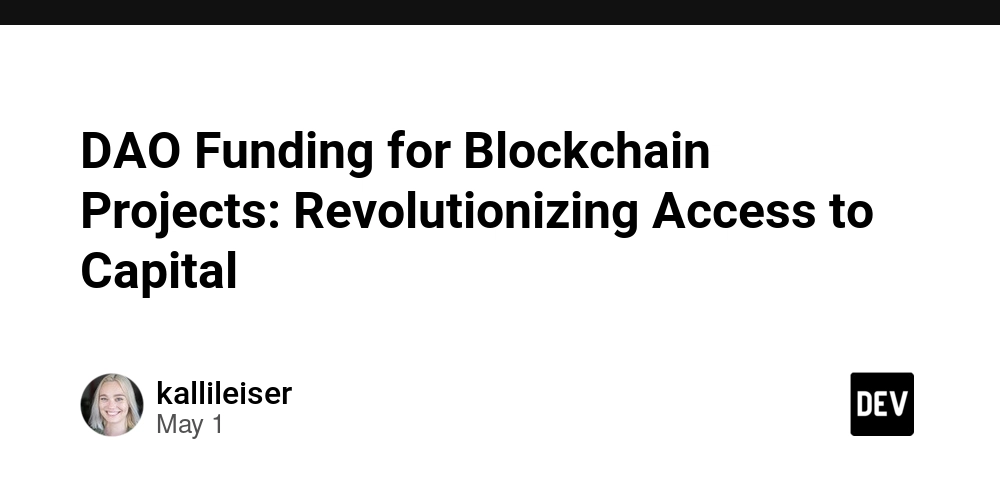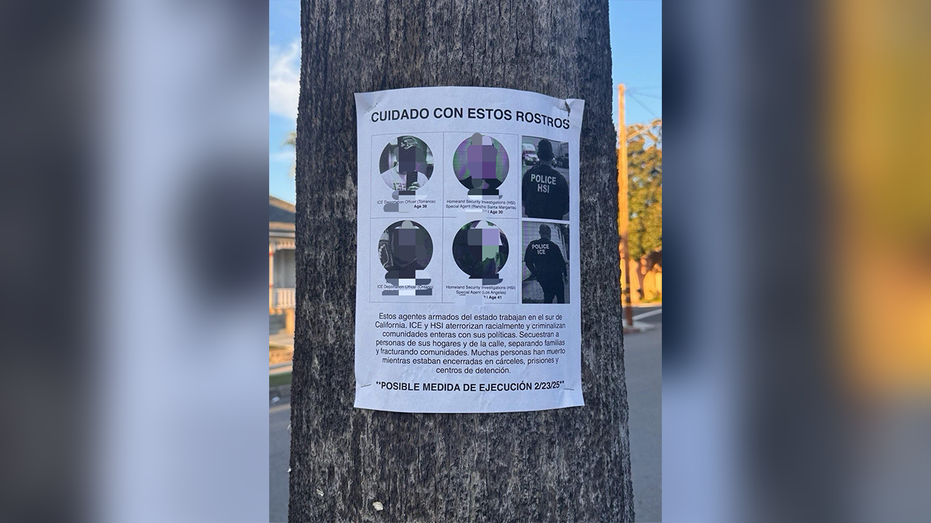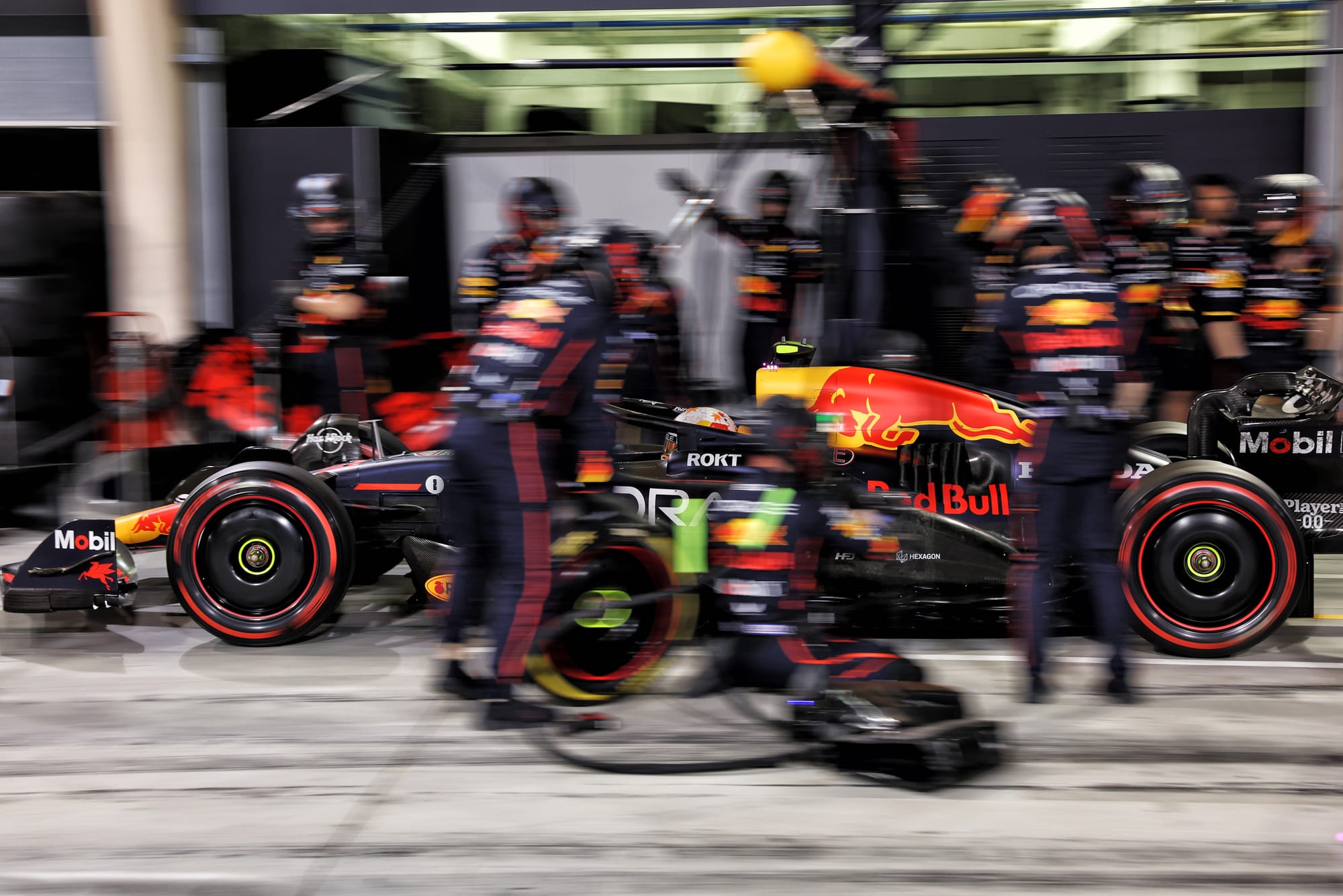DAO Funding for Blockchain Projects: Revolutionizing Access to Capital
Abstract This post explores how Decentralized Autonomous Organizations (DAOs) are redefining funding models for blockchain projects. We delve into the historical context of traditional funding models, explain core DAO funding mechanisms such as proposal voting systems, token-based allocations, grants/bounties, and venture DAO models, and discuss real-world examples like Uniswap and MakerDAO. We also examine challenges—including regulatory and security concerns—and forecast future innovations in DAO funding. Throughout, we link to authoritative sources such as smart contracts on blockchain and blockchain basics to offer a comprehensive, technical yet accessible guide for developers, investors, and enthusiasts. Introduction Funding the next generation of blockchain projects requires more than traditional venture capital or ICO models. DAO funding offers an innovative, community-driven alternative that leverages blockchain technology to democratize access to capital. This blog post explains how DAOs serve as trustless, transparent, and inclusive funding mechanisms. We explore the significance of DAOs, why they are rapidly gaining traction, and how they are reshaping the way blockchain projects secure financial backing and manage governance. If you’re interested in the evolution of funding mechanisms within the blockchain ecosystem, this post is for you. Background and Context Historical Funding Models in Blockchain Before the rise of DAOs, blockchain projects typically relied on traditional funding mechanisms such as: Venture Capital (VC): Centralized control, stringent gatekeeping, and often conflicting interests with decentralized philosophies. Initial Coin Offerings (ICOs): Democratized investment opportunities but sometimes attracted scams and fell under regulatory scrutiny. Security Token Offerings (STOs): Brought legitimacy and compliance, albeit at the cost of complex legal frameworks. The evolution to DAO funding represents a natural progression for the values of decentralization. DAOs remove the need for centralized decision-makers by using smart contracts on the blockchain, enabling every stakeholder to have a say in funding and governance decisions. This transition not only supports a more transparent financial ecosystem but also empowers communities to drive innovation using collective intelligence. What Is a DAO? A Decentralized Autonomous Organization (DAO) is an organization managed by code rather than by individuals. Its rules are encoded into smart contracts – self-executing code on the blockchain along with well-defined rules. This process minimizes trust issues and allows for a fully decentralized decision-making process. By integrating community voting, token-based allocations, and clear accountability, DAOs provide a powerful mechanism for funding innovative projects while upholding the ethos of transparency and fairness inherent in blockchain technology. Core Concepts and Features DAOs employ a variety of mechanisms to fund projects effectively. Here are some critical components: Proposal and Voting System Developers submit detailed proposals outlining their project goals and funding requirements. DAO members then participate in a democratic voting process, ensuring that funding decisions align with the community's vision. Key advantage: Transparency and collective decision-making. Token-Based Allocation Stakeholders typically receive tokens that serve dual roles: representing ownership and providing voting power. The more tokens held, the more influence one can have in the voting process. Some variations, however, are designed to mitigate the risk of token centralization and maintain equitable participation. Grants and Bounties DAOs may implement grants or bounty programs. Grants support overall project development, while bounties are distributed for achieving specific milestones. This approach keeps project teams accountable as funds are released progressively. Venture DAO Models Some DAOs function much like traditional venture capital funds by pooling resources from the community to invest in early-stage blockchain projects. These models leverage collective expertise to select promising projects that fit the DAO’s strategic goals. Comparison Table of DAO Funding Mechanisms Mechanism Key Characteristics Advantages Limitations Proposal & Voting Community submits proposals and votes Democratic & transparent decision-making Consensus may take time Token-Based Allocation Voting power linked with token holdings Incentivizes participation Possibility of token centralization Grants & Bounties Milestone-based fund disbursement Accountability through milestones Complex tracking and verification Venture DAO Models Collective investment in early-stage projects Combines expertise with community backing Regulatory challenges and compliance Table No

Abstract
This post explores how Decentralized Autonomous Organizations (DAOs) are redefining funding models for blockchain projects. We delve into the historical context of traditional funding models, explain core DAO funding mechanisms such as proposal voting systems, token-based allocations, grants/bounties, and venture DAO models, and discuss real-world examples like Uniswap and MakerDAO. We also examine challenges—including regulatory and security concerns—and forecast future innovations in DAO funding. Throughout, we link to authoritative sources such as smart contracts on blockchain and blockchain basics to offer a comprehensive, technical yet accessible guide for developers, investors, and enthusiasts.
Introduction
Funding the next generation of blockchain projects requires more than traditional venture capital or ICO models. DAO funding offers an innovative, community-driven alternative that leverages blockchain technology to democratize access to capital. This blog post explains how DAOs serve as trustless, transparent, and inclusive funding mechanisms. We explore the significance of DAOs, why they are rapidly gaining traction, and how they are reshaping the way blockchain projects secure financial backing and manage governance. If you’re interested in the evolution of funding mechanisms within the blockchain ecosystem, this post is for you.
Background and Context
Historical Funding Models in Blockchain
Before the rise of DAOs, blockchain projects typically relied on traditional funding mechanisms such as:
- Venture Capital (VC): Centralized control, stringent gatekeeping, and often conflicting interests with decentralized philosophies.
- Initial Coin Offerings (ICOs): Democratized investment opportunities but sometimes attracted scams and fell under regulatory scrutiny.
- Security Token Offerings (STOs): Brought legitimacy and compliance, albeit at the cost of complex legal frameworks.
The evolution to DAO funding represents a natural progression for the values of decentralization. DAOs remove the need for centralized decision-makers by using smart contracts on the blockchain, enabling every stakeholder to have a say in funding and governance decisions. This transition not only supports a more transparent financial ecosystem but also empowers communities to drive innovation using collective intelligence.
What Is a DAO?
A Decentralized Autonomous Organization (DAO) is an organization managed by code rather than by individuals. Its rules are encoded into smart contracts – self-executing code on the blockchain along with well-defined rules. This process minimizes trust issues and allows for a fully decentralized decision-making process. By integrating community voting, token-based allocations, and clear accountability, DAOs provide a powerful mechanism for funding innovative projects while upholding the ethos of transparency and fairness inherent in blockchain technology.
Core Concepts and Features
DAOs employ a variety of mechanisms to fund projects effectively. Here are some critical components:
Proposal and Voting System
Developers submit detailed proposals outlining their project goals and funding requirements. DAO members then participate in a democratic voting process, ensuring that funding decisions align with the community's vision.
Key advantage: Transparency and collective decision-making.
Token-Based Allocation
Stakeholders typically receive tokens that serve dual roles: representing ownership and providing voting power. The more tokens held, the more influence one can have in the voting process. Some variations, however, are designed to mitigate the risk of token centralization and maintain equitable participation.
Grants and Bounties
DAOs may implement grants or bounty programs. Grants support overall project development, while bounties are distributed for achieving specific milestones. This approach keeps project teams accountable as funds are released progressively.
Venture DAO Models
Some DAOs function much like traditional venture capital funds by pooling resources from the community to invest in early-stage blockchain projects. These models leverage collective expertise to select promising projects that fit the DAO’s strategic goals.
Comparison Table of DAO Funding Mechanisms
| Mechanism | Key Characteristics | Advantages | Limitations |
|---|---|---|---|
| Proposal & Voting | Community submits proposals and votes | Democratic & transparent decision-making | Consensus may take time |
| Token-Based Allocation | Voting power linked with token holdings | Incentivizes participation | Possibility of token centralization |
| Grants & Bounties | Milestone-based fund disbursement | Accountability through milestones | Complex tracking and verification |
| Venture DAO Models | Collective investment in early-stage projects | Combines expertise with community backing | Regulatory challenges and compliance |
Table Note: This table integrates core features and associated benefits for a quick overview of DAO funding models.
Applications and Use Cases
DAO funding isn’t only a theoretical construct—it’s being applied successfully in several blockchain projects. Here are a few real-world examples:
Uniswap and the UNI Token
Uniswap is a prime example where DAO governance is integrated with decentralized finance (DeFi). By distributing the UNI governance token among its community, Uniswap has enabled decentralized decision-making in protocol updates and funding new initiatives. This model demonstrates how DAOs can shift power from centralized institutions to a broader community.
MakerDAO and the DAI Stablecoin
MakerDAO uses DAO dynamics to govern its DAI stablecoin. Here, decisions such as adjusting collateral ratios and implementing new features are made through community proposals and votes, highlighting the essential role of transparency and user participation in maintaining a stable financial system. MakerDAO’s governance system is a testament to how DAO funding can support complex decentralized projects.
Funding Open Source and Innovation
Beyond DeFi, DAOs are increasingly being utilized to fund open source projects. For instance, initiatives related to blockchain for open source funding have successfully leveraged DAO models to support community-driven development and ensure that projects receive sustainable financial backing.
Additional insights from various Dev.to posts such as License Token: Revolutionizing Open Source Licensing illustrate how innovative funding models are transforming the tech landscape.
Additional Real-World Use Cases
- Decentralized Education Platforms: DAO funding is being explored to support blockchain projects that promote education and training in emerging technologies.
- Digital Identity and Cybersecurity: DAOs may fund projects that use blockchain for creating secure digital identity solutions, linking to insights found in blockchain and digital identity.
Challenges and Limitations
While DAO funding opens up exciting avenues, it is not without challenges. Key issues include:
- Regulatory Uncertainty: The legal landscape for DAOs is still evolving, with governments and regulators trying to catch up to innovative funding models.
- Security Risks: Smart contracts are as secure as the code behind them. Any vulnerabilities in the code can expose DAO funds to risks.
- Decision-Making Inefficiencies: Reaching consensus in a large community can slow down decision-making and delay funding allocations.
- Centralization of Voting Power: There is a risk that a few large token holders might sway votes, potentially straying from the democratic ethos of DAOs.
Bullet List of Primary Challenges
- Regulatory compliance and uncertainty
- Smart contract vulnerabilities and security risks
- Slow consensus process delaying actions
- Concentration of power among large token holders
Future Outlook and Innovations
Evolving Regulatory Frameworks
As governments become more familiar with blockchain technologies, clearer guidelines and regulatory frameworks are expected to emerge. This could further legitimize DAOs as a mainstream funding channel for blockchain projects.
Enhanced Security and Auditing
Future advancements in smart contract development, including formal verification and enhanced security audits, can reduce the risk of vulnerabilities. These measures are fundamental for promoting trust and long-term viability.
Improved Governance Models
Innovative governance models, such as quadratic voting or reputation-based mechanisms, are being explored to better balance voting power among community members. These models might address the current challenges associated with token centralization.
Cross-Chain and Interoperability Solutions
With the rise of multi-chain ecosystems, DAOs could leverage cross-chain compatibility to access broader pools of capital. For instance, DAOs might integrate with platforms such as Arbitrum to benefit from its scalability and interoperability features.
Integration with Decentralized Finance (DeFi)
DAO funding models are already interlinked with many DeFi platforms. As decentralized finance grows, the symbiotic relationship between DAOs and DeFi will continue to drive innovation. New funding products, such as yield-based DAO investments, may provide more dynamic risk-reward profiles for community members.
Additional Insights from the Developer Community
Discussions on platforms like Dev.to and enhancing life standards: pathways to a brighter future highlight how DAOs are not merely funding tools but are catalysts for broader technical and social innovations. These voices stress the importance of creating resilient ecosystems where funding, governance, and innovation are all intertwined.
Summary
DAO funding is revolutionizing the blockchain space by replacing traditional, centralized funding approaches with community-governed, transparent, and democratic models. In this post, we explored:
- Abstract: An overview of how DAO funding empowers blockchain projects, their mechanisms, and their future potential.
- Introduction: The transition from traditional funding to DAO-based models.
- Background and Context: Historical insights from VC, ICOs, and STOs, and the emergence of DAOs built on smart contracts and decentralization.
- Core Concepts and Features: A detailed explanation of proposal voting systems, token-based allocations, milestone-based grants, and venture DAO models, enhanced by a comparison table.
- Applications and Use Cases: Successful examples from projects such as Uniswap and MakerDAO, as well as the growing impact of DAOs on open source funding and digital identity solutions.
- Challenges and Limitations: The regulatory hurdles, security risks, decision-making delays, and issues surrounding token centralization that need addressing.
- Future Outlook and Innovations: The promise of improved regulatory frameworks, security advancements, more balanced governance models, cross-chain interoperability, and deeper integration with DeFi.
As blockchain technology matures, DAO funding is poised to become a foundational mechanism within the ecosystem. Addressing its current challenges will require continued innovation and collaboration among developers, investors, and regulators. For those interested in demystifying the future of decentralized funding, exploring additional resources such as the detailed DAO Funding for Blockchain Projects article or insights from blockchain and decentralized finance will be invaluable.
Additional Resources and Insights
For further reading and extended perspectives, consider exploring these related posts:
- Blockchain and Cryptocurrencies: Unraveling the Financial Revolution
- License Token: Revolutionizing Open Source Licensing
- Enhancing Life Standards: Pathways to a Brighter Future
These resources not only deepen your understanding of DAO funding but also provide broader context on how blockchain innovations continue to reshape industries across the globe.
In conclusion, DAO funding is not just another financial innovation—it is a transformative enabler that democratizes the access to capital and fosters an ecosystem where innovation, transparency, and community are paramount. As we move toward a future where these models become standard practice, staying informed and engaged with these trends is key to leveraging the full potential of decentralized technology.
Happy reading and innovating!





















































![‘Andor’ Star Varada Sethu on Cinta’s [SPOILER], Her Future With Vel and Killing Tay Kolma: ‘It’s Like Death When She Turns Up’](https://variety.com/wp-content/uploads/2025/05/cinta.jpg?#)



















